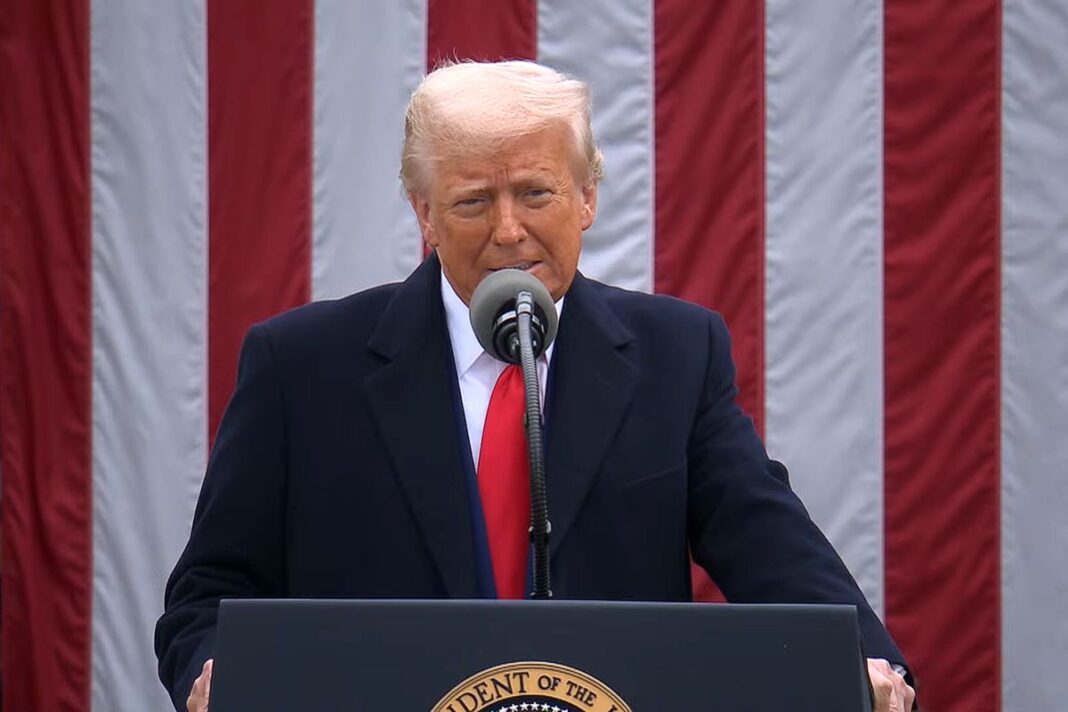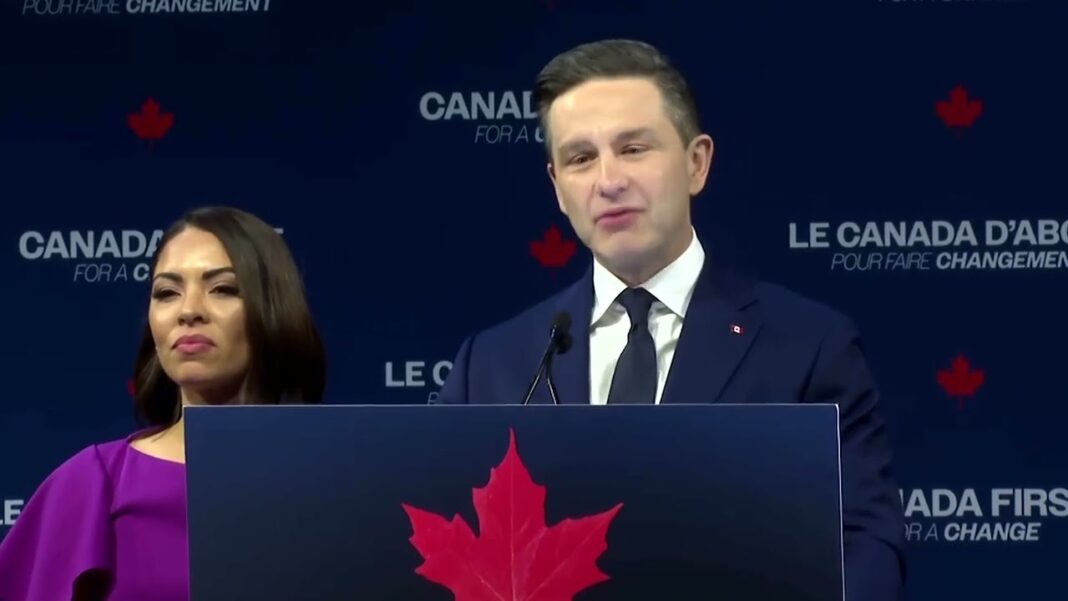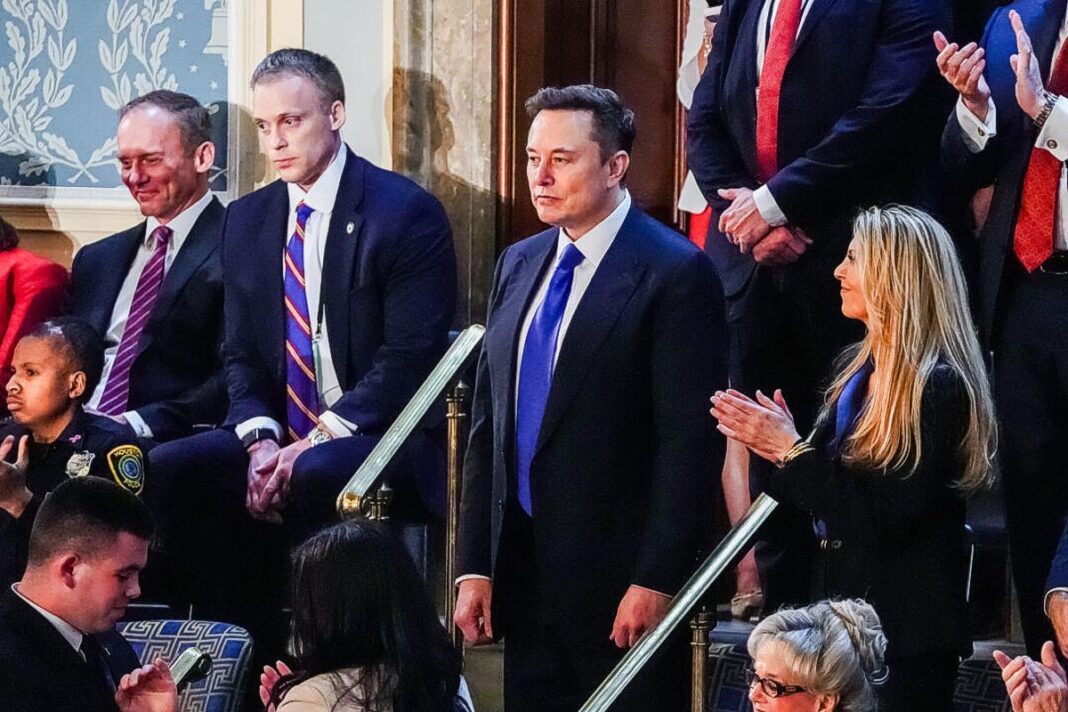Now serving as the 47th president, Trump is picking up where he left off, expanding on key priorities from his first term.
| Border and Immigration | DEI and Education |
| Economy and Trade | DOGE |
| US–China Relations | Legal Battles |
| Energy | Health |
| Foreign Policy | What’s Next? |
WASHINGTON—Upon returning to the White House, President Donald Trump rolled out a raft of executive actions and sweeping policy changes, making his first 100 days among the most consequential starts to a presidential term in modern U.S. history.
Serving as the 47th president, Trump is picking up where he left off, revisiting key priorities from his first term that were delayed by the Russia investigation, derailed by nationwide Black Lives Matter riots, or sidelined during the COVID-19 pandemic.
Trump has refocused with unprecedented intensity on the staple issues that have defined his Make America Great Again agenda: securing the border, countering China’s unfair trade practices, and increasing domestic energy production.
On all three fronts, the president has taken actions many didn’t see coming, including a broad tariff strategy that targeted all global trading partners, or paying El Salvador to house illegal immigrant gang members.
Trump shattered President Franklin D. Roosevelt’s record of 99 executive orders in his first 100 days, potentially positioning himself as one of the most influential presidents in reshaping Washington.
Supporters have hailed Trump’s first 100 days back in the Oval Office as a restoration of American values and strength while opponents condemn what they see as overreach and chaos.
Trump has raced to build momentum on both domestic and foreign fronts, recognizing that without early progress, the window for advancing key items on his agenda could close quickly.
As the president marks 100 days into his second term, here’s a look at his major actions so far.
Border and Immigration
Among the most notable moves of Trump was the immediate crackdown on illegal immigration. He initiated large-scale deportations and significantly curbed the flow of migrants through the southern border, an action that won broad approval from voters.
On Day One, he signed 10 executive orders, setting the stage for an increased focus on illegal immigration, crime, and fentanyl.
These actions included a national emergency declaration, directing troops to the border, reinstating the Remain in Mexico policy, ending “catch-and-release,” restarting border wall construction, designating criminal cartels as foreign terrorist organizations, and ending birthright citizenship.
Some of these efforts have since been challenged in court.
Additionally, Trump imposed tariffs on Mexico, Canada, and China in February in response to illegal immigration and fentanyl flowing into the United States via those countries.
Trump’s policies have dramatically lowered nationwide border encounters with illegal immigrants. Border Patrol data showed “the lowest southwest border crossings in history” for March, with around 7,180 illegal crossings.
Economy and Trade
Inflation eased in March thanks to falling gas prices. However, concerns about the economy, particularly trade policies, are increasing anxiety and eroding consumer confidence.
Trump imposed tariffs on nearly all U.S. trading partners, saying they have exploited the United States for decades.
This move triggered stock market volatility, wiping out trillions of dollars in market value and alarming millions as they watched their retirement savings shrink.
Trump urged Americans to be patient, saying there will be short-term economic pain to reap long-term benefits.
At the center of his hardline trade policy is an unsettling fact: In 2024, the United States posted a $1.2 trillion trade deficit—the largest in the world.
Spanish economist Daniel Lacalle told The Epoch Times that the large trade deficit and mounting national debt are proof that the United States has long suffered from unfair foreign trade practices, including both tariff and nontariff barriers.
The administration retained the 10 percent baseline tariffs on all trading partners, but paused reciprocal tariffs for 90 days on all but China. The United States is now negotiating trade deals with 90 countries.
By Emel Akan, Ivan Pentchoukov, Darlene McCormick Sanchez, Terri Wu, John Haughey, Andrew Thornebrooke, Nathan Worcester, Aaron Gifford, Sam Dorman, Zachary Stieber








